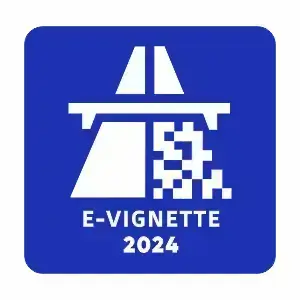The traffic data of Croatian highways for June this year show that there is a significant increase in car traffic, which not only caught the professionals by surprise, but also caused serious congestion. According to the Croatian daily Jutarnji List, there were 586,917 more vehicles on the highways in June than in the same month last year, and a total of 44,480,545 vehicles were registered in the first six months of the year, which is 4.3 million more than in the same period last year. There are many reasons behind the increase in traffic: Croatia's accession to Schengen, the introduction of the euro, the war in the Middle East, heat waves and forest fires in Greece have all contributed to the country becoming an attractive destination by car for tourists, especially Germans, who are taking shorter trips to the coast this year. are planning. However, the increasing vehicle traffic has resulted in significant congestion, which is further aggravated by the driving style of the drivers.
The so-called "phantom stops" are common when, for example, a truck starts to overtake in heavy traffic, or when motorists driving at too high a speed brake suddenly. According to the experts, speed limits should be introduced to alleviate traffic disturbances, optimally at a speed of 80-100 kilometers per hour. In addition, Croatia has been considering the modification of the toll gate system for years. The new electronic toll payment system, which would exclude cash payments and make the use of electronic on-board units mandatory, would be available in 2026 at the earliest. This would allow free flow when paying tolls without having to stop. The Croatian Highways Management Company (HAC) will also introduce the summer tariff, which will increase highway tolls by ten percent between July 1 and September 30. However, this tariff does not apply to heavy vehicles such as buses and trucks. The HAC justifies the introduction of the seasonal tariff by saying that about 40 percent of the total annual traffic falls on the summer months, when maintenance, security, supervision and traffic management costs also increase significantly.



 Deutsch (DE)
Deutsch (DE)
 Greek (GR)
Greek (GR)
 Italiano (IT)
Italiano (IT)
 Magyar (HU)
Magyar (HU)
 Polski (PL)
Polski (PL)
 Română (RO)
Română (RO)
 Slovensky (SK)
Slovensky (SK)
 Slovenščina (SL)
Slovenščina (SL)
 Türkçe (TR)
Türkçe (TR)
 Česká (CZ)
Česká (CZ)








